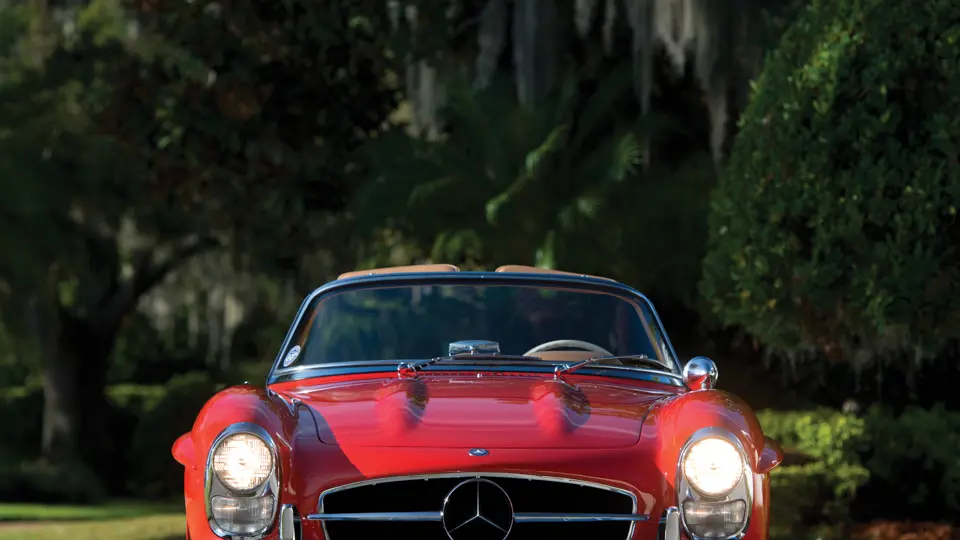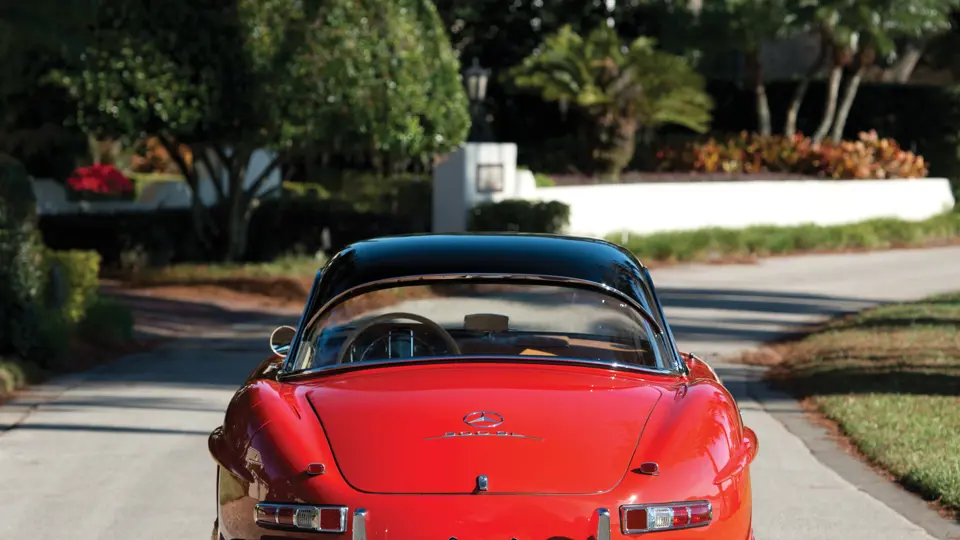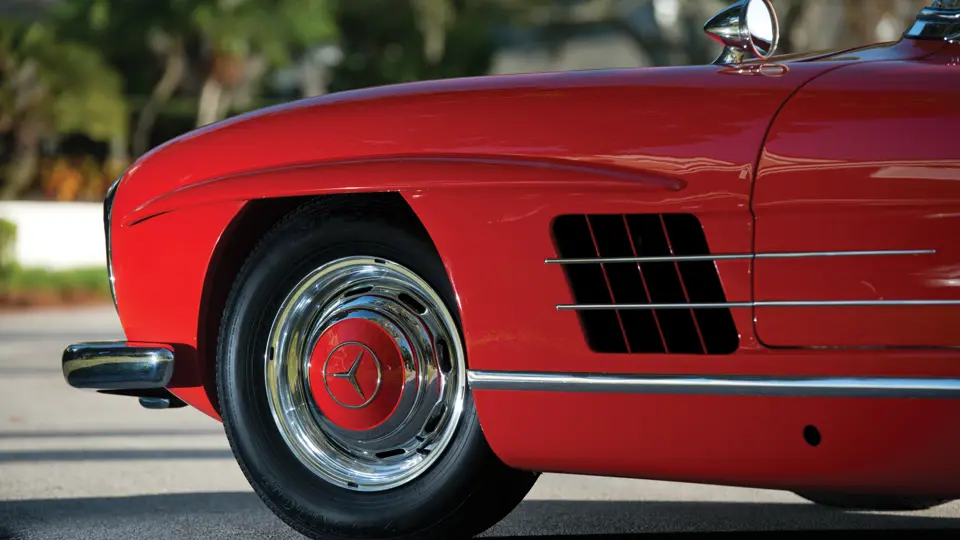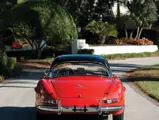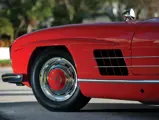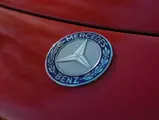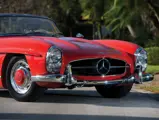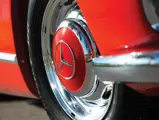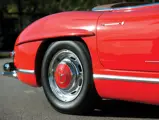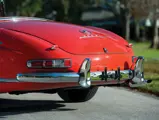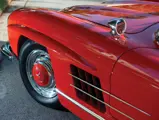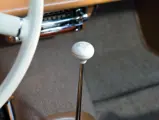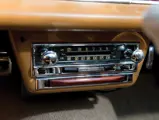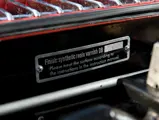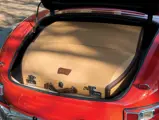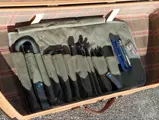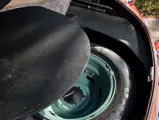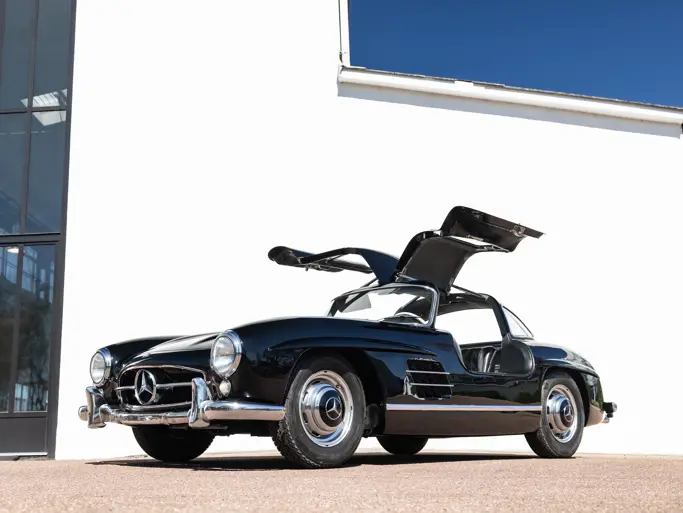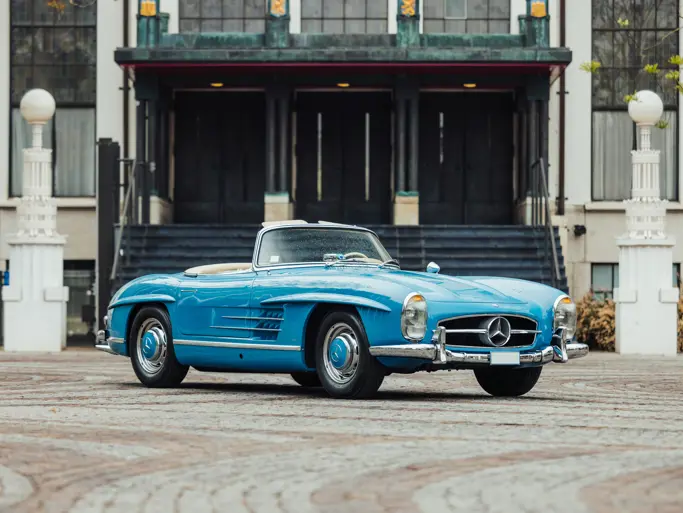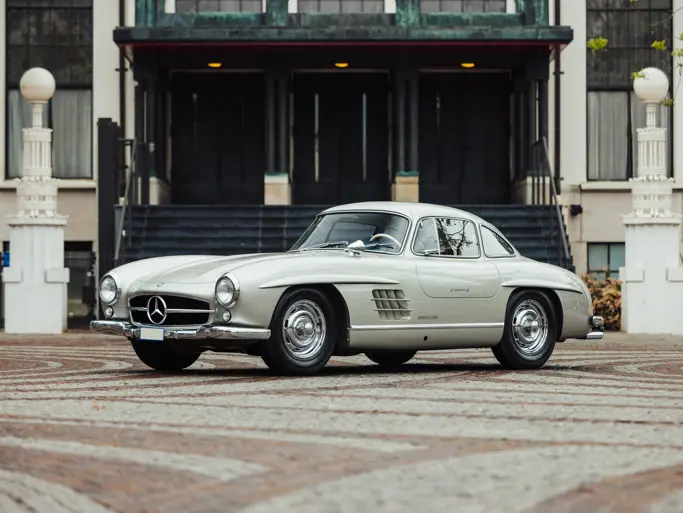
1960 Mercedes-Benz 300 SL Roadster
{{lr.item.text}}
$1,210,000 USD | Sold
{{bidding.lot.reserveStatusFormatted}}
- Just over 34,000 miles and four owners from new
- Fully matching numbers; an excellent example of its kind
- Full restoration by Mercedes-Benz specialists
- Incredibly well maintained and preserved since new
- Never before offered at public sale
215 bhp (DIN), 240 hp (SAE), 2,996 cc overhead-cam inline six-cylinder engine, four-speed manual transmission, coil-spring independent front suspension and coil-spring single-point swing-axle rear suspension, and servo-assisted drum brakes.
Wheelbase: 94.5 in.
To say that the Mercedes-Benz 300 SL was ahead of its time would be an understatement. The 300 SL heralded a new era for Mercedes-Benz road cars; it utilized an innovative space-frame chassis coupled with a race-bred, fuel-injected engine, the first of its kind fitted to a production car, and was clothed in breathtaking bodywork.
It was conceived by American Mercedes-Benz importer Max Hoffman, who believed that a road-legal version of the successful W194 racer would be profitable in the United States and that the power and styling of such a car would appeal to the American market. Mercedes-Benz took Hoffman up on his idea, and it was only natural that the new 300 SL would premiere at the New York Auto Show in 1954. The 300 SL Coupe quickly earned the nickname “Gullwing” for its distinctive roof-hinged doors, and the public fell in love with the car, not only for its breathtaking design but also for its earth-shattering performance.
Of course, the best way to keep customers coming back to Mercedes-Benz was to create a drop-top version of the 300 SL. A prototype model of a convertible 300 SL was first spotted by the German magazine Auto, Motor und Sport in 1956, and the production version would first be shown at the Geneva Motor Show one year later. By the end of 1957, the final 300 SL Gullwings had left the production line and production began on the 300 SL Roadster.
The roadster offered a host of improvements over its gullwinged predecessor. In an effort to improve entrance and egress, Mercedes-Benz lowered the central section of its space-frame, crafted smaller sills and fitted larger doors to the car. Strength was maintained, nonetheless, with the addition of diagonal struts, which braced the lowered side sections to the rear tubular members. Engineers also revised the suspension to create a more comfortable ride and improve handling. At the rear, the spare tire was repositioned below the trunk floor, necessitating a smaller fuel tank but also maintaining reasonable luggage space. These revisions to the roadster added some 250 pounds to the total weight of the car, mostly due to the convertible top. However, the car remained quite quick nevertheless and boasted a factory-claimed top speed of 137 mph.
Following the lead of the coupe, the 300 SL Roadster proved to be just as popular with the well-to-do as its predecessor. Ownership of a 300 SL implied an exquisite taste in engineering and aesthetics, and it was the ultimate automotive statement. Naturally, many found homes in the garages of celebrities, racing drivers, and other financially successful individuals with an appreciation for fine automobiles. At an $11,000 list price, it was worth every penny.
Purchased new by Robert C. Borwell, of Chicago, Illinois, on April 20, 1960, this 300 SL Roadster was delivered new in Fire Brigade Red (DB 534) over a tan leather interior and was fitted with both a tan soft-top and black-painted hardtop. At that time, Borwell had just been promoted to senior vice president of Marsh & McLennan, an insurance brokerage firm that was, at that time, based in Chicago, and his new 300 SL was no doubt a prized acquisition and a fitting automobile for such a high-ranking individual in the firm.
Borwell would go on owning his 300 SL Roadster for the next 34 years, and by the time he sold it Eric Applebaum, of Spring Green, Wisconsin, in 1994, the car had only accumulated 30,000 miles and had never rusted or been hit. Shortly after purchasing the 300 SL, Applebaum decided to commission restoration work by a marque specialist. This restoration took no less than two years, and it goes without saying that the Roadster was exquisite by the time it returned to its second owner. Seeking to preserve and display the impeccable restoration, Applebaum allegedly constructed a custom-built tower to store the car in following the restoration!
In 2002, the 300 SL Roadster was purchased by a friend of Mr. Applebaum’s, Paul J. Roller, of Elmgrove, Wisconsin, who would own the car for the following nine years, continuing to improve the quality of the car before selling it to its fourth and current owner in 2011. Still in incredible condition, this Roadster is a truly wonderful example of its breed. It comes equipped with all five original wheels, fitted with correct Dunlop tires sourced through the Mercedes-Benz Classic Center; its original Becker-Mexico radio; original owner’s manuals; a copy of the factory build sheet; a complete tool set, including its original tire pressure gauge still in its original Mercedes-Benz branded box; and a full set of Bausch fitted luggage that beautifully matches the car’s color combination. It is further documented by invoices, receipts, and photos from the restoration, as well as its original books and records. Following completion, it has been maintained by marque experts without regard to cost and always kept in a climate-controlled garage.
An icon of German engineering, the 300 SL is perhaps the most memorable car ever produced by Mercedes-Benz. The open-top roadster that replaced the iconic Gullwing proved to be an improvement on an already incredible car. This example, after having spent the majority of its life within a 200-mile radius, is in incredible condition following a meticulous restoration and subsequent careful preservation. It has never before been offered at public sale, including at auction, marking this as a fresh “first-time offering.” It would surely garner much interest at any concours event and is a wonderful example of German engineering and design.


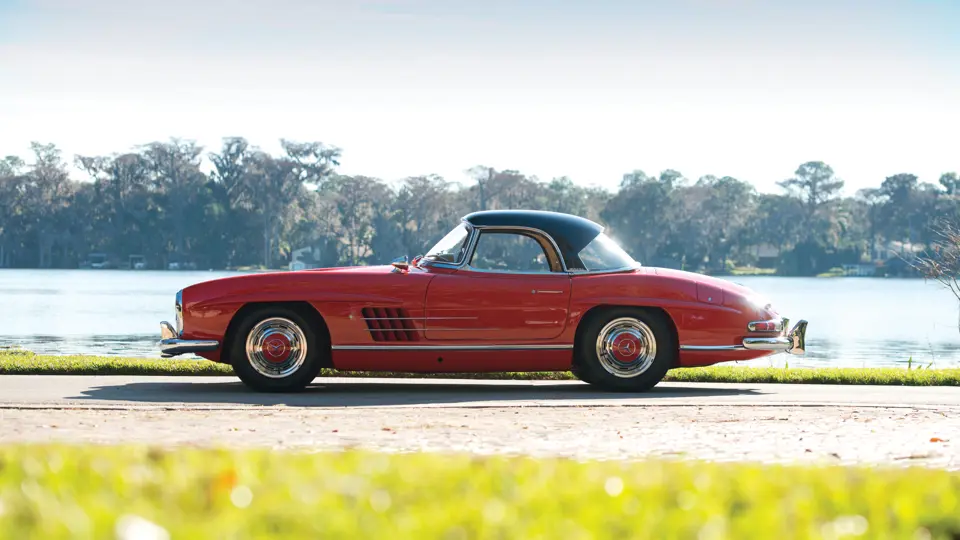

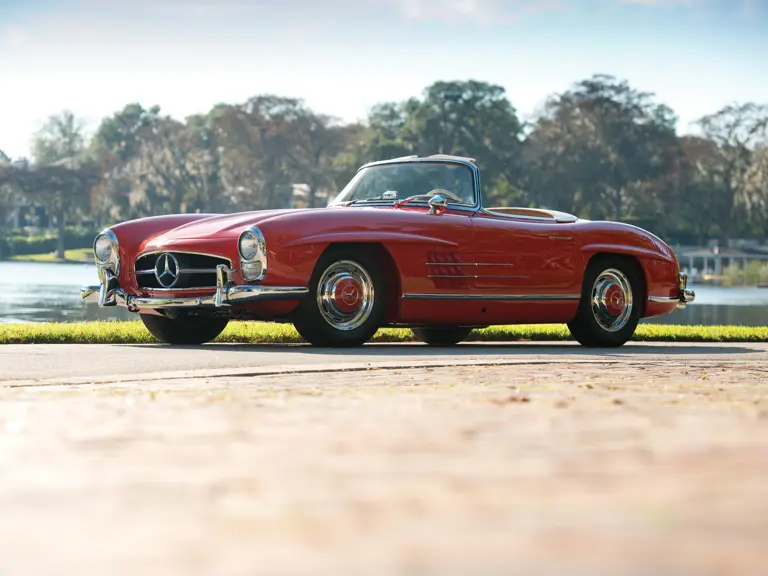
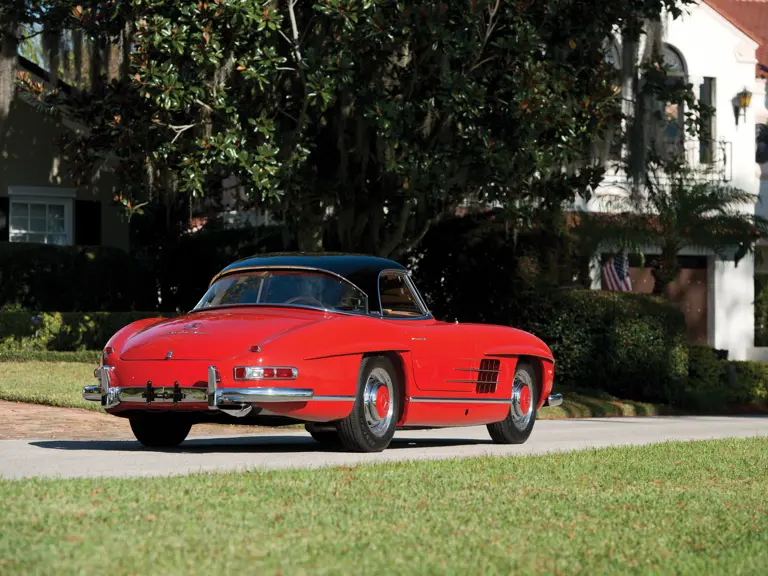
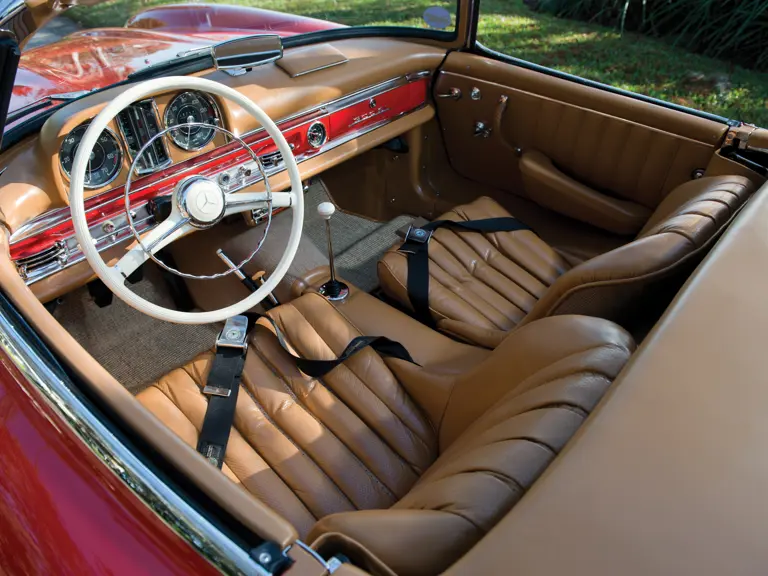
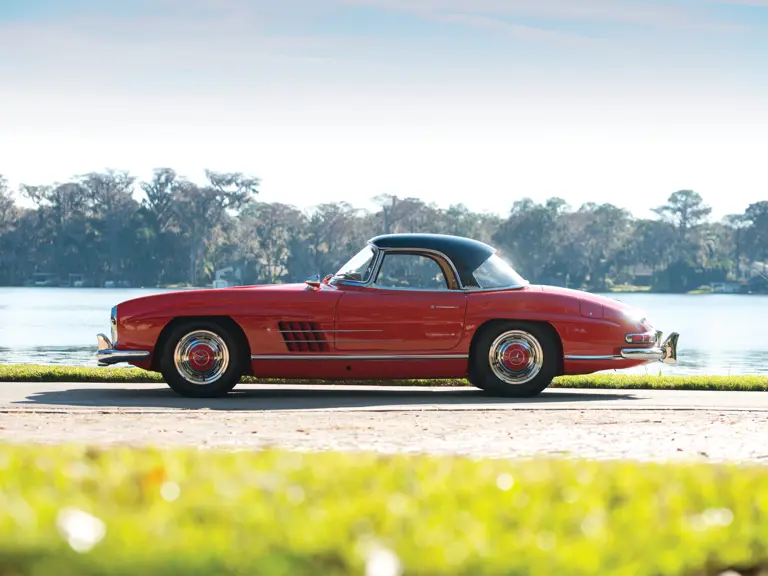
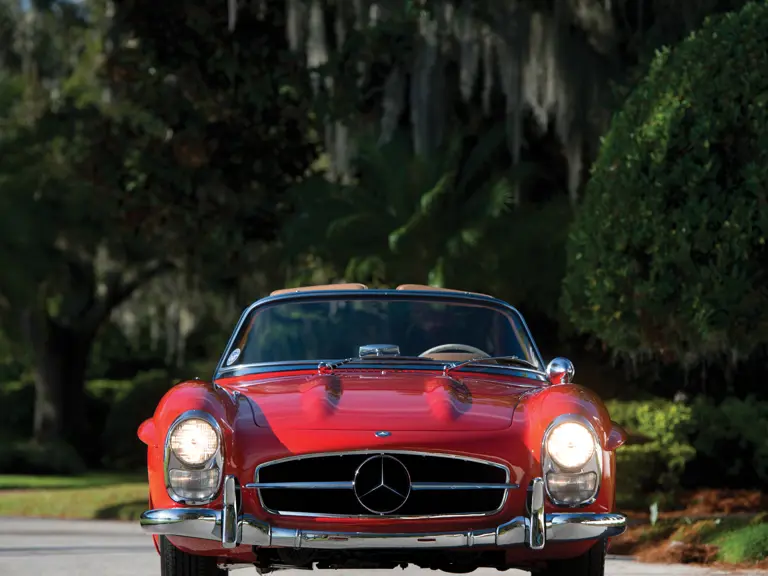
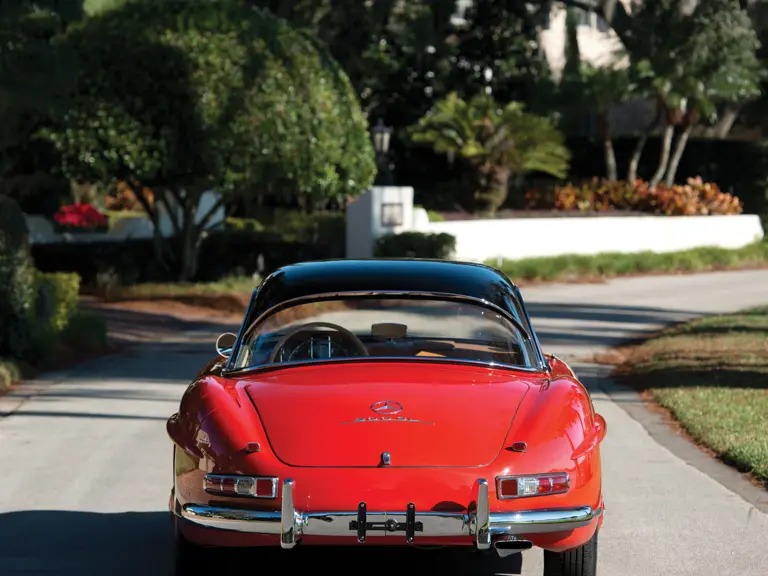
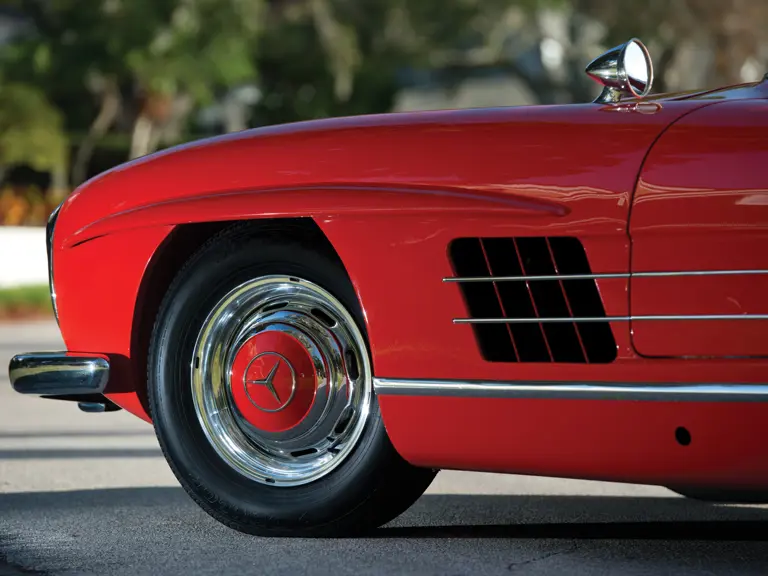
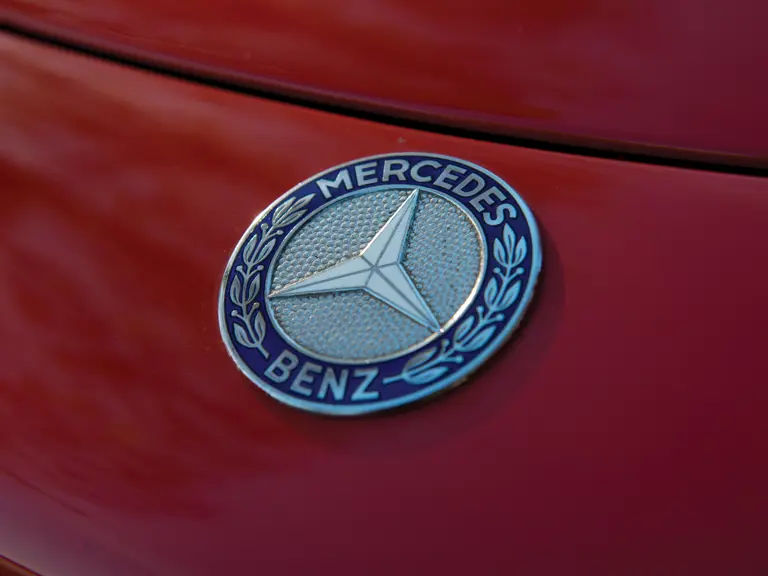
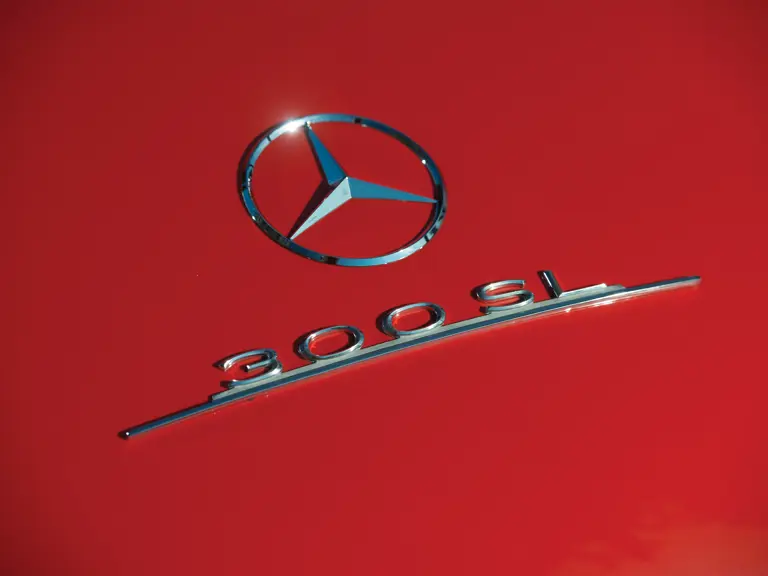
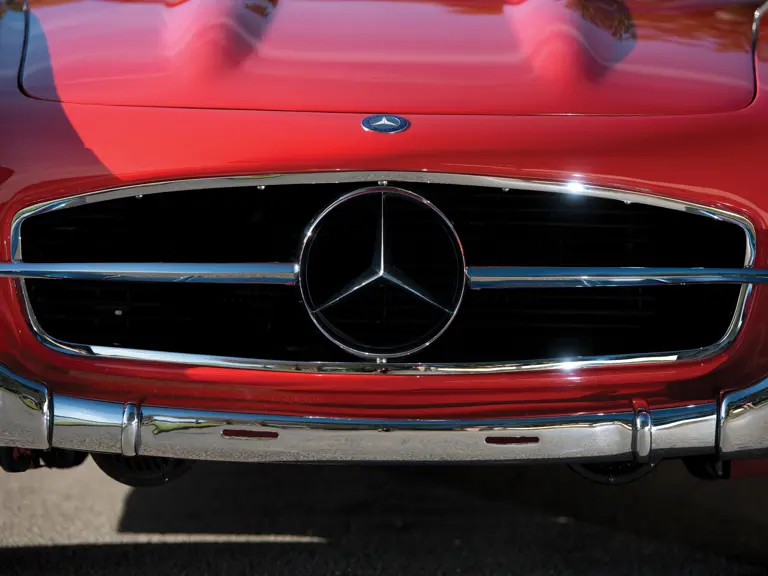
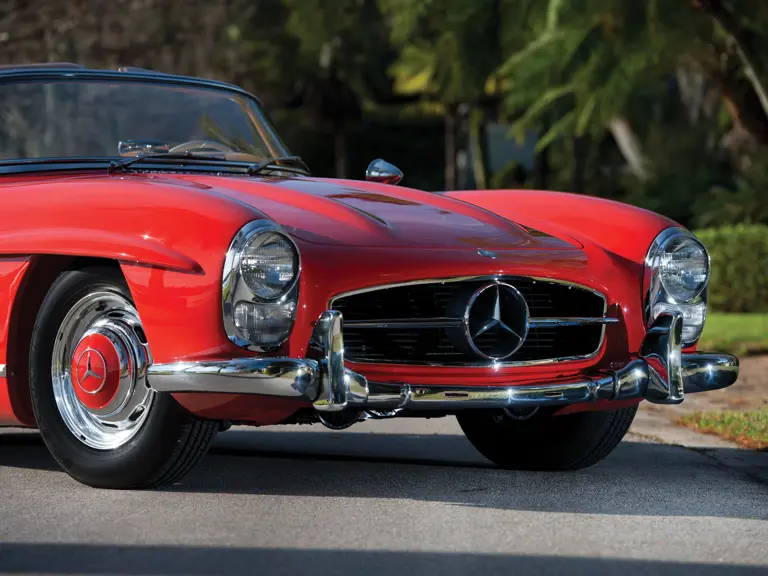

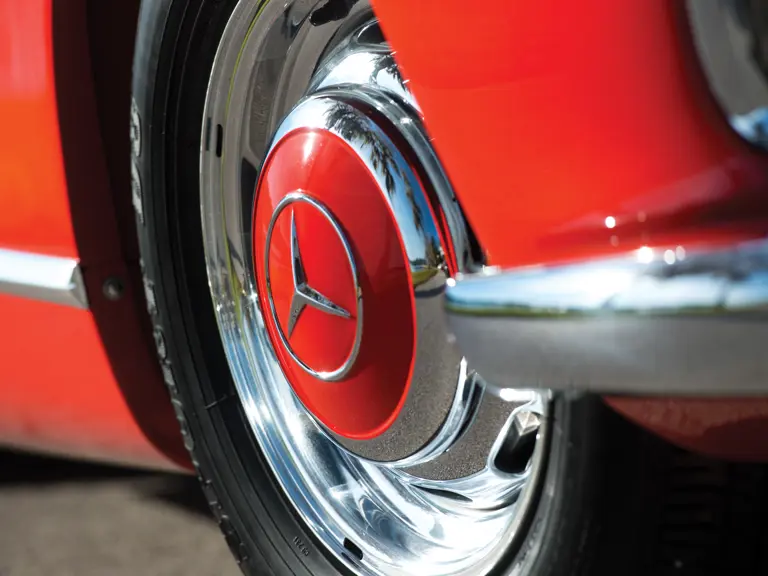
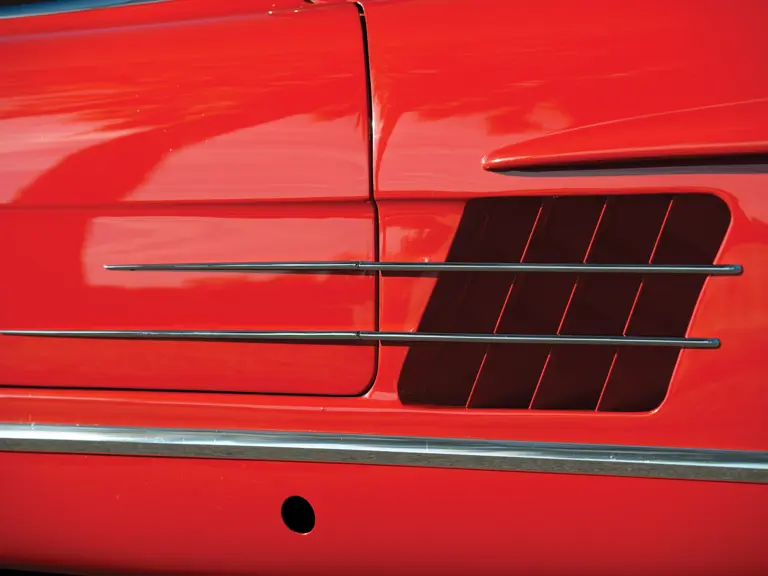
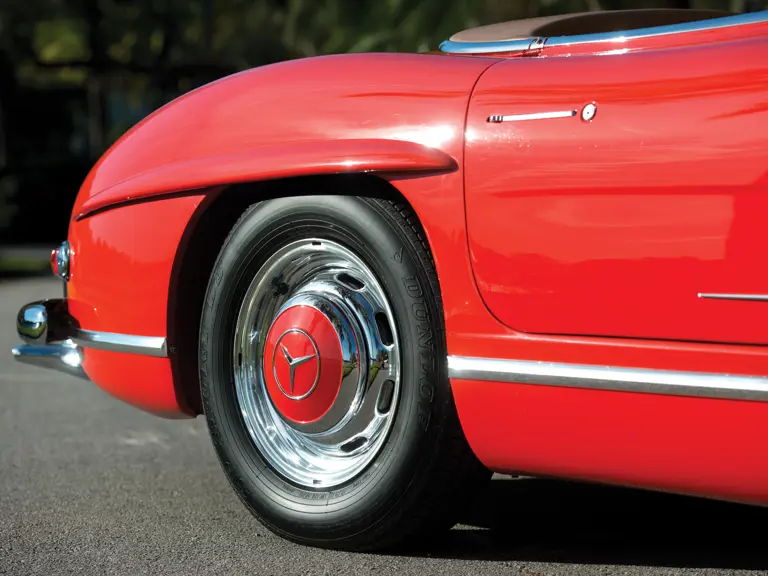
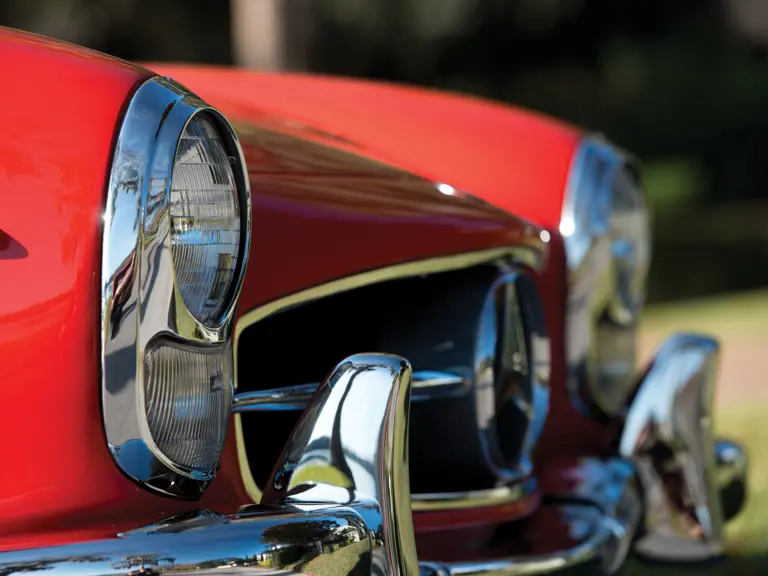
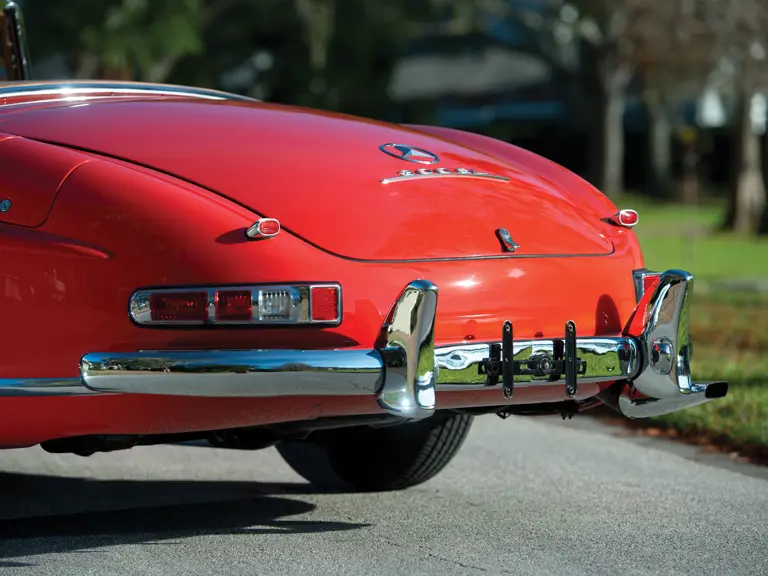
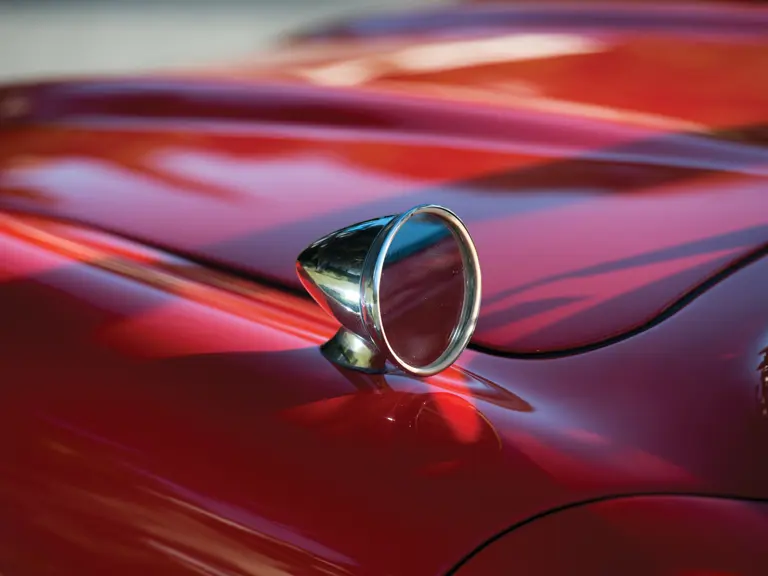
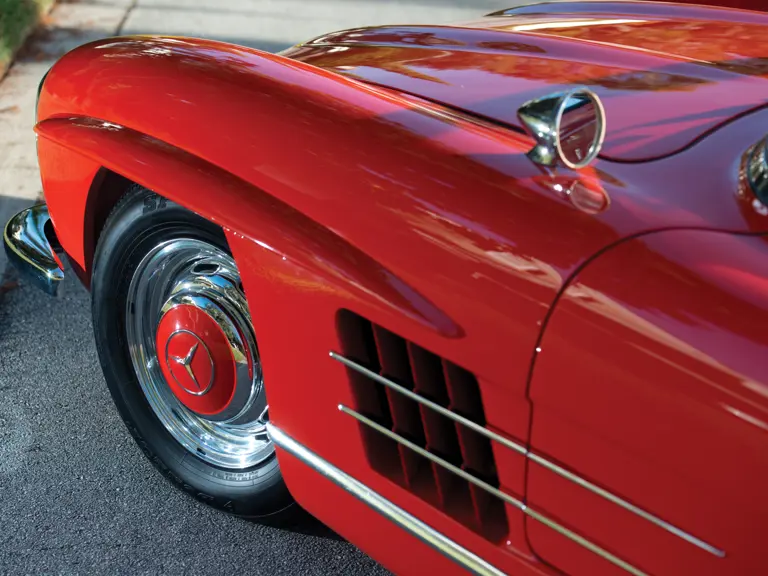
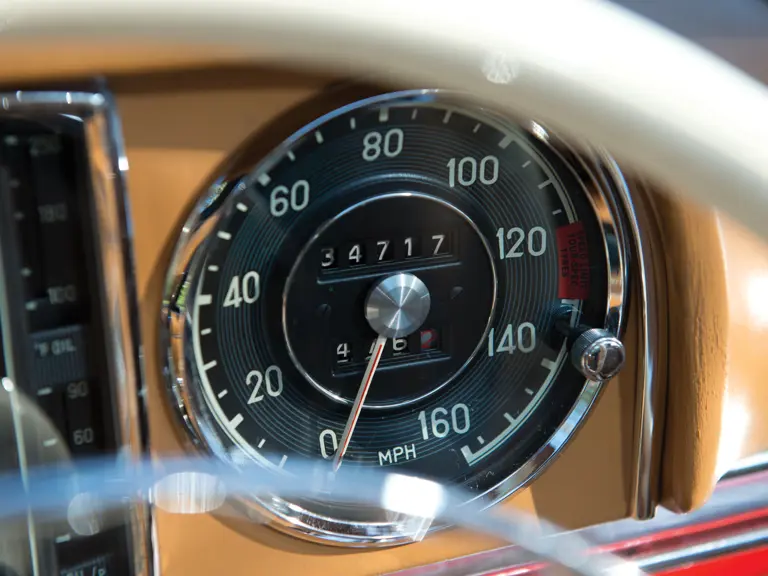

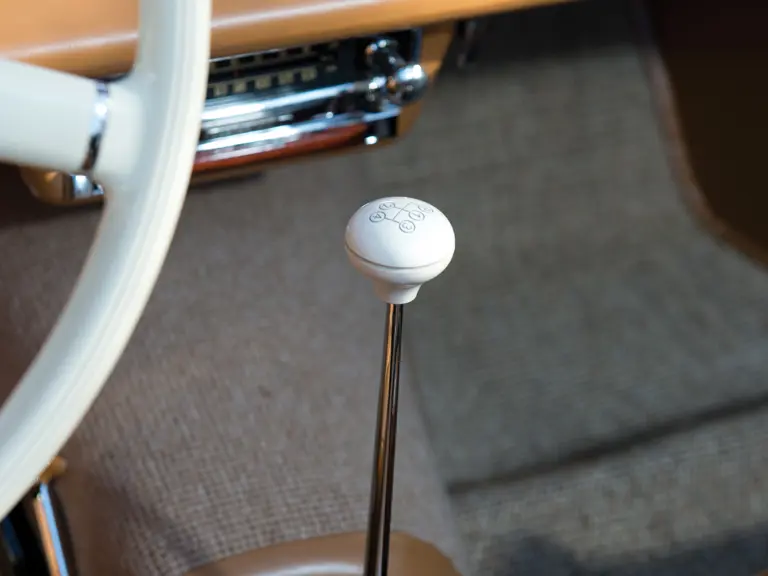


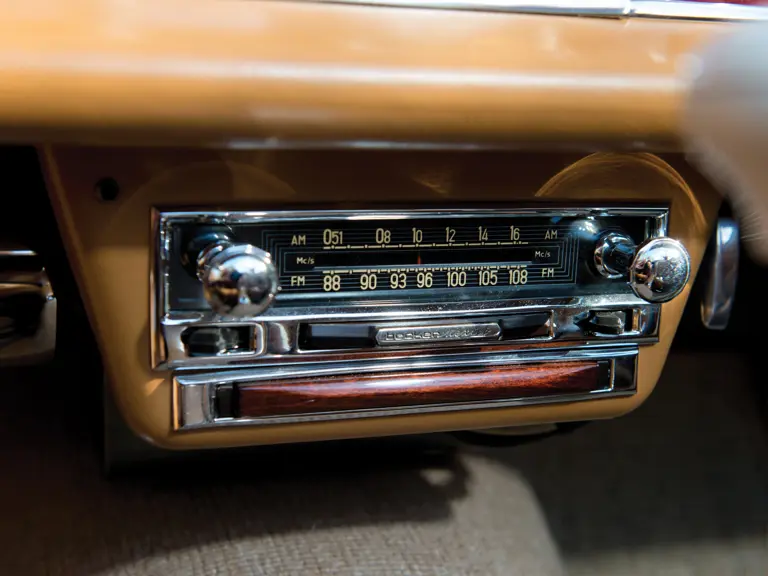
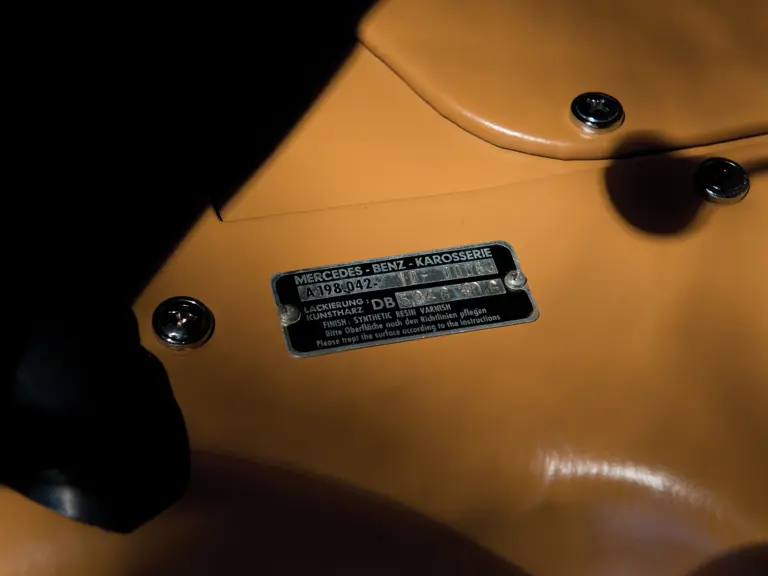

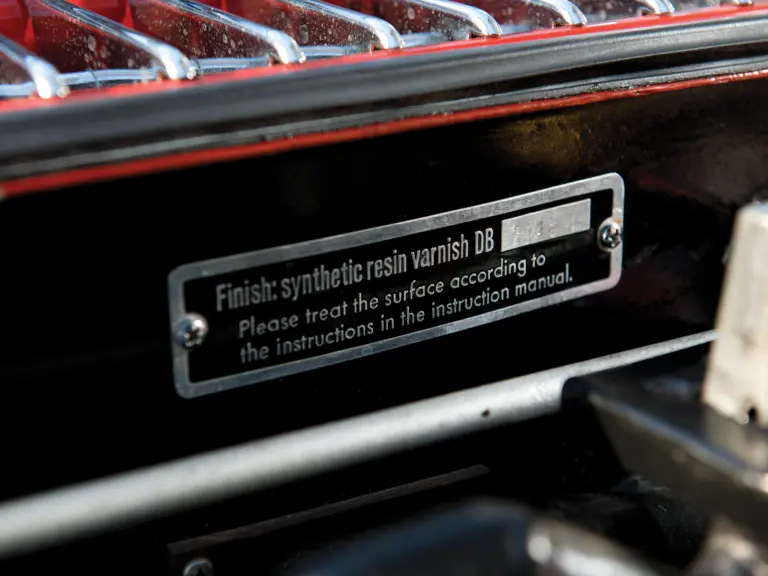
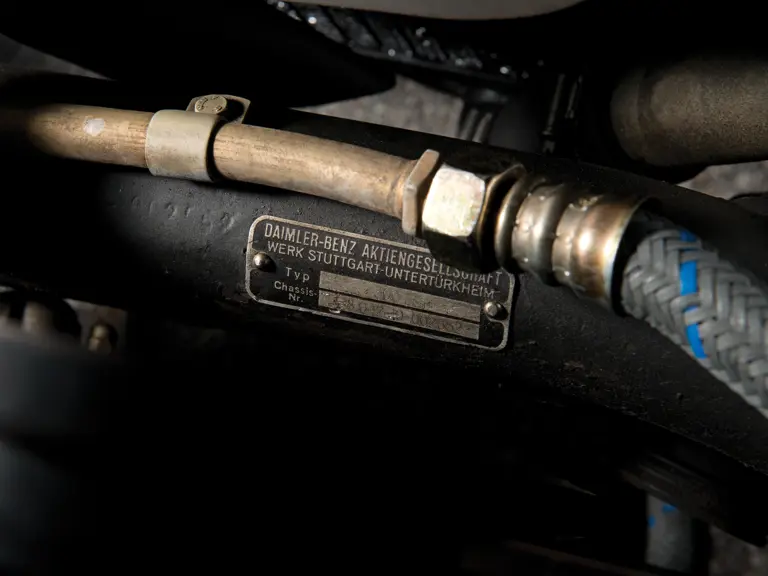
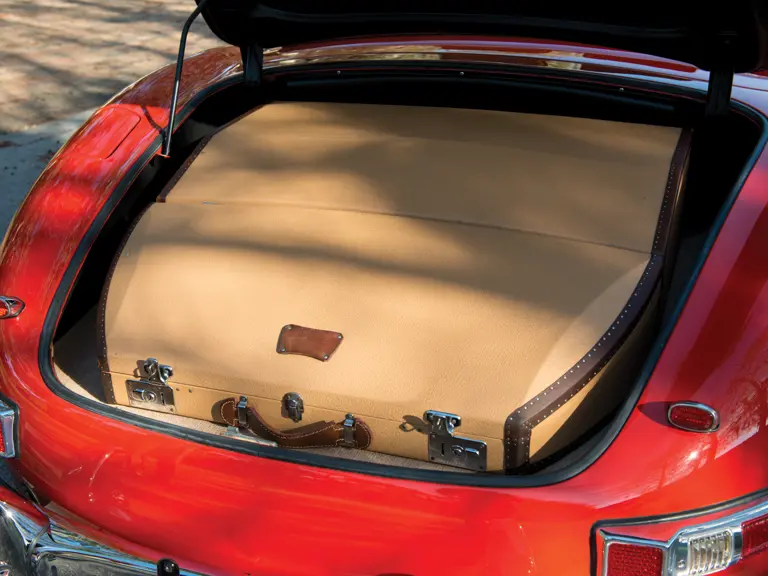

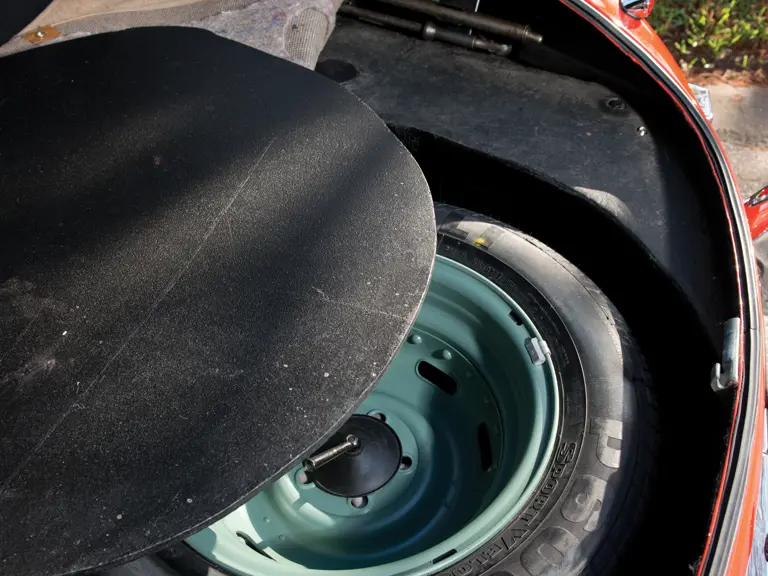
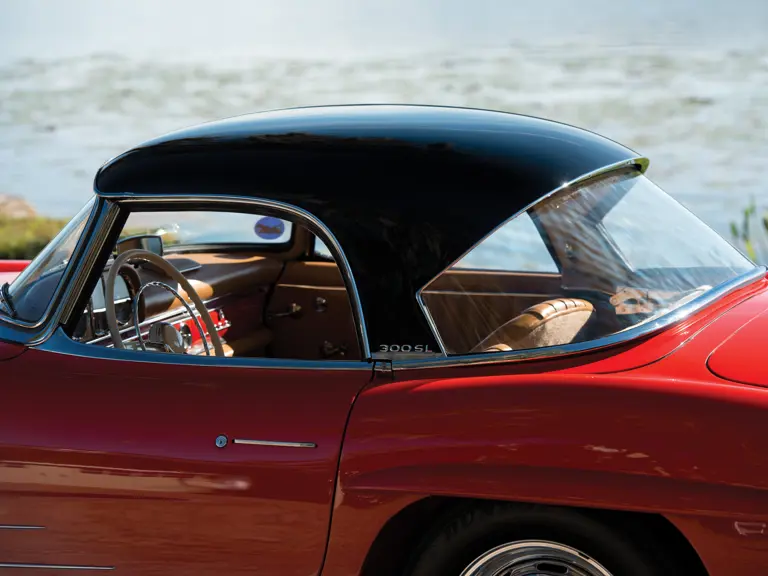
 | Monterey, California
| Monterey, California
